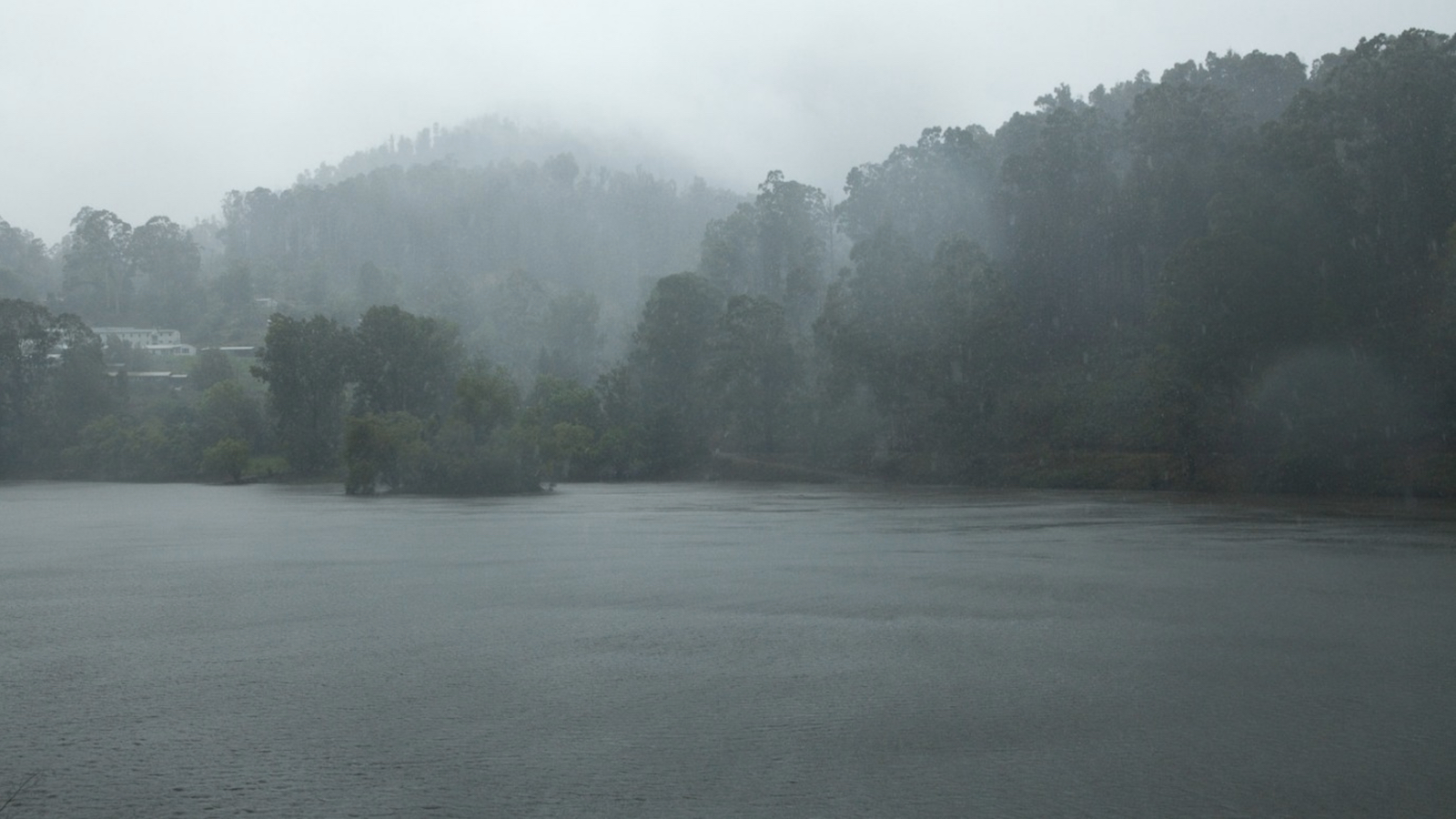Bogong AIR

Bogong AIR was a site-specific sound art festival staged at Bogong Village comprising presentations by Slavek Kwi (Ireland), Natasha Anderson, Jim Denley, Rosalind Hall, Alice Hui-Sheng Chang and Dianne Peacock. The artists undertook a five-day residency in the lead up to the festival in order to develop performance projects that responded to the acoustic and spatial dynamics of the village, its infrastructure and surrounding environment. Outcomes of their investigations were presented at various locations throughout the village on February 19 and 20. In addition to the live performances, Philip Samartzis presented Crush Grind, a 7.1 surround sound installation comprising his Antarctic fieldwork into extreme climate and weather events. Eric La Casa (France) presented a special soundscape work for headphone playback on Lake Guy. The performance and listening program was supplemented by artist talks.
Bogong AIR is supported by RMIT University and West Space
- Bridge
- Currents
- Hydro Electrics
- Spirale 3
Sounds: